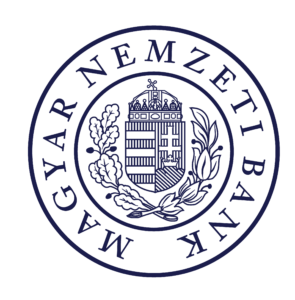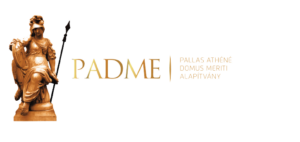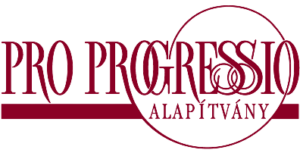One of the winners of BME’s Art Residency Programme 2023/2024, Katinka Hajas, told us about residency programmes she has been involved in, the collaborative work carried out in this programme, her favourite genres, and the workshops she has held.
What did you find attractive in this residency programme when you were contemplating applying?
I found all the topics very interesting, especially the one I finally decided to apply for. I opted for the topic “Material science and material structure”. What I liked about it was that it presented me with the opportunity to create something novel and something original at the intersection of science and art. Obviously, the grant was also a motivating factor, but so was the opportunity to work together with scientists.
As far as I know you have been already involved in two residency programmes, one in Estonia and another one in Germany. What was your experience?
Yes, both residency programmes I have attended so far – in Freising, Germany and in Estonia – were in an international context and hence in a different cultural environment. In the latter, I made colourful earthenware sculptures that resonated with the Estonian folklore and reflected the locals’ worldview. In Germany, I made an installation and a video. BME’s Art Residency Programme has a very strong thematic focus, and it presupposes very close interdisciplinary collaboration. This programme reminds me more of a scholarship.
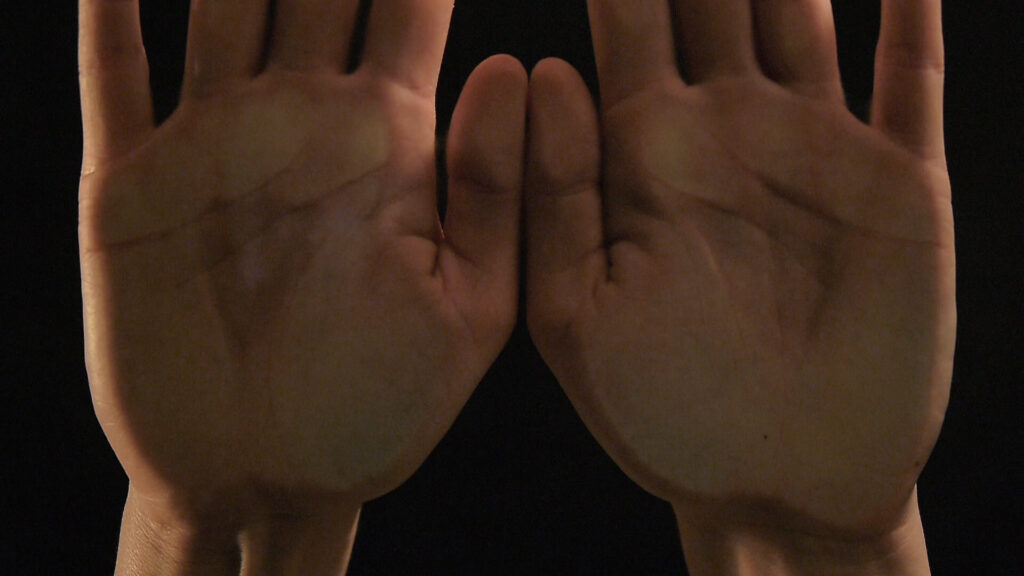
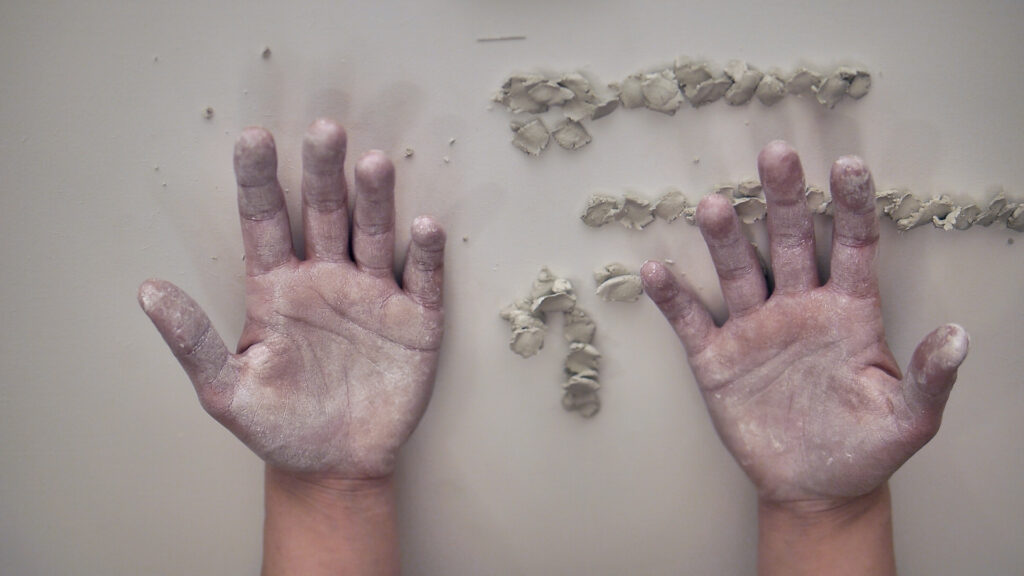
Can you identify some of the differences and similarities in these residency programmes?
It very much depends on the institution and what requirements they set for the participants. When I was considering submitting my application, what struck me was that this programme very clearly defines the expectations from the artist involved. In other programmes, there were fewer specificities, and the framework perhaps, was not so clearly defined either. In other words, it really depends.
In your application, you described your works as dependent on an ongoing dialogue between the basic qualities of the material(s) applied, your internal thoughts, the essence of the feelings and emotions involved, and these all make impacts on the work of art to be completed. What are you working on at the moment?
Right now, we are designing an installation whose individual parts will move. We had to address quite a few issues as to how it will be possible to implement our design. I am very curious to see how we will be able to solve these issues, how our design can be eventually implemented. The installation puts the notions of guilt and shame into the centre. The viewer receives visual and material-based information to be able to deal with these depressing feelings, so the aim of the installation is to help people process these difficult feelings through visual experience. I am also planning to continue my water-colour series where the key focus is water. During the process, water may dissolve paint in the pictures, so it may effectively change the original composition. I have already done a series which was much more descriptive; but I am planning this series to be more simplistic in terms of form.
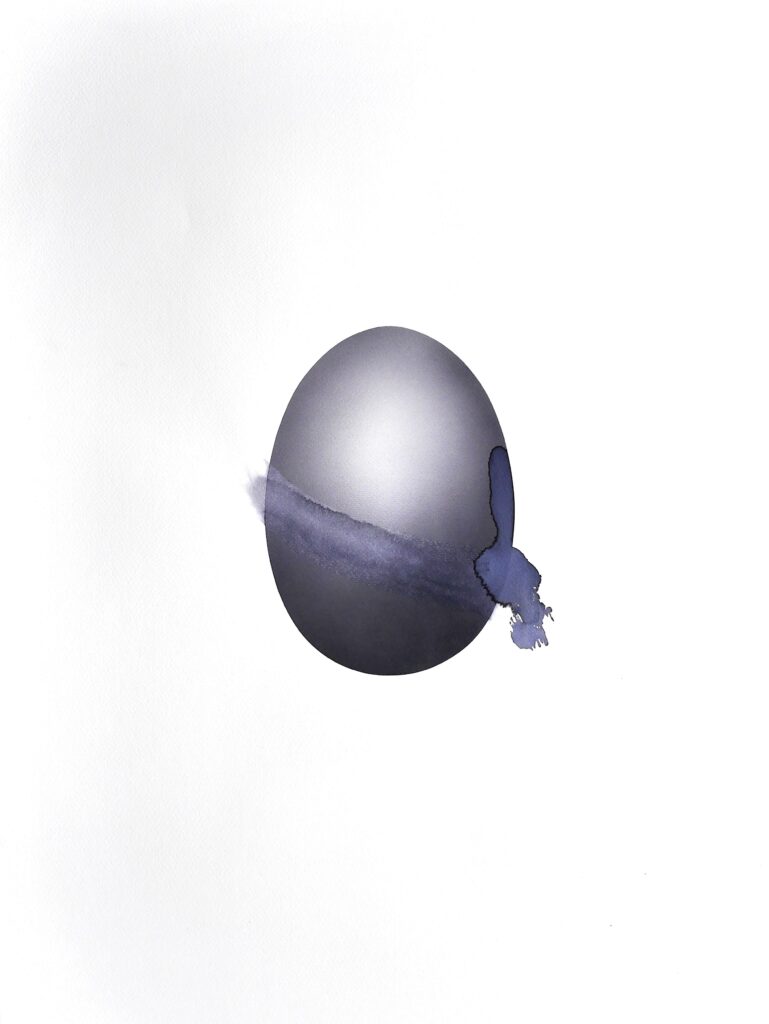
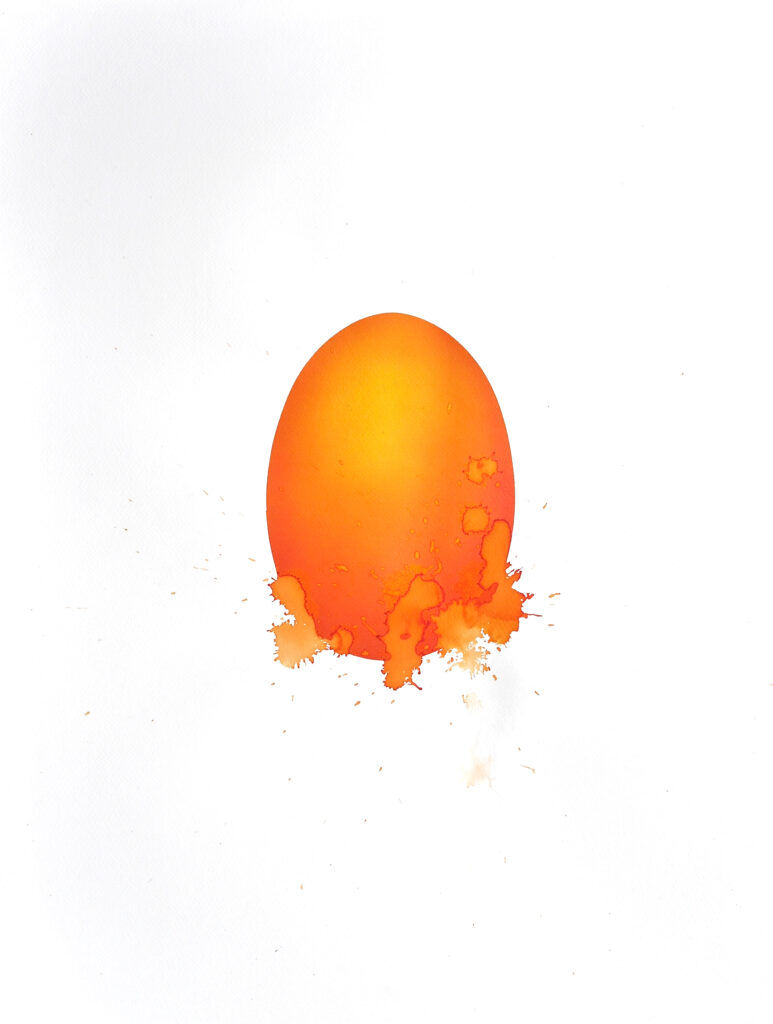
How do you find this collaboration, how is the research and the work of art evolving?
All is going well: today we have made the first print-outs to test how the installation elements would look like in 3D. Because the elements are going to move, we will need to talk with mechanical engineers to estimate the final weight of the installation. So, there are still a few exciting details, and we still have a few more plans to complete until the end of spring. I would like to use the labs, too: there is a tool, which is ideal to do a microscopic examination of the material structure, this is my major area of interest right now. There is a fantastic machine that can measure breaking strength and can apply high pressure to the material; I really would like to experiment with this, too. It is interesting to see how high pressure can be achieved under laboratory conditions, where it is a natural thing. However, when the material is taken out of its lab context, it can have a very extreme look. We should just imagine what happens when two different materials are pressed together; what form will it have? This is something I would like to experiment with because there are very exciting opportunities opening up here.
How many people do you currently collaborate with? Could you describe the work process?
At the moment, four of us are involved in the work: my supervisor Dr. György Halász, Krisztián Takács and Balázs Burai from the lab of the Faculty of Civil Engineering, and there will be another mechanical engineer providing us support with the mechanics of the installation. During the consultations, we discuss what the next step should be, we exchange ideas, we brainstorm and try to figure out what the best way forward should be.
You mix sculpting with several other genres such as photography, architecture, motion picture or painting. How do you decide what the other genre should be?
If there is an idea or a topic, I try to find a medium in which it works best. For me, videos and watercolours are genres that reflect subtle internal movements, because even the smallest movement and tremor in the making of the work will matter a great deal. In contrast, installations, which are more similar to sculpting, have a slightly different character: here the fundamental properties of the materials will be in the centre.
In your motivation letter, you mentioned that your workshops allow participants to immerse themselves in the intellectual, emotional and historical background of the work to be created. How can this manifest itself in practice? What objects can be prepared during a process like this?
I have two workshops where I apply this technique. One is for using water colour, and the other is where we make installations. In the latter workshop, participants can prepare an object similar to my work entitled “It’s OK if we can see it…” In some of the works I did in recent years, I have drawn on my experience with psychotherapy. This installation also relies on that experience. In the original installation, I worked with large (240 by 6 by 6 cm) blocks of wood which I hollowed out, cut and split. I filled the resulting negative forms with lead, smoothed it over, and with this I changed the natural balance of the wood. Then I hung up the blocks by their centre of gravity. Because of the lead inside, the natural balance of each block was different. For me, these weights are emotional imprints from the past, which largely define our personality. The installation thus attempts to signify the delicate and sensitive emotional balance that is present in human relationships.

At my workshops, there is this one condition I set out for the participants: they need to prepare an object that will be a part of my own installation. They can, however, decide for themselves, how they cut, split or seesaw the wood, and fill it with lead. My objective with these workshops is to encourage the making of objects that are prepared by individuals with a different story, feelings and interpretations. I recommend the workshops to those who can relate to my art and have some sort of a motivation to be a part of a creative process as these ones.
Szonja Bakos
Pictures: Katinka Hajas
